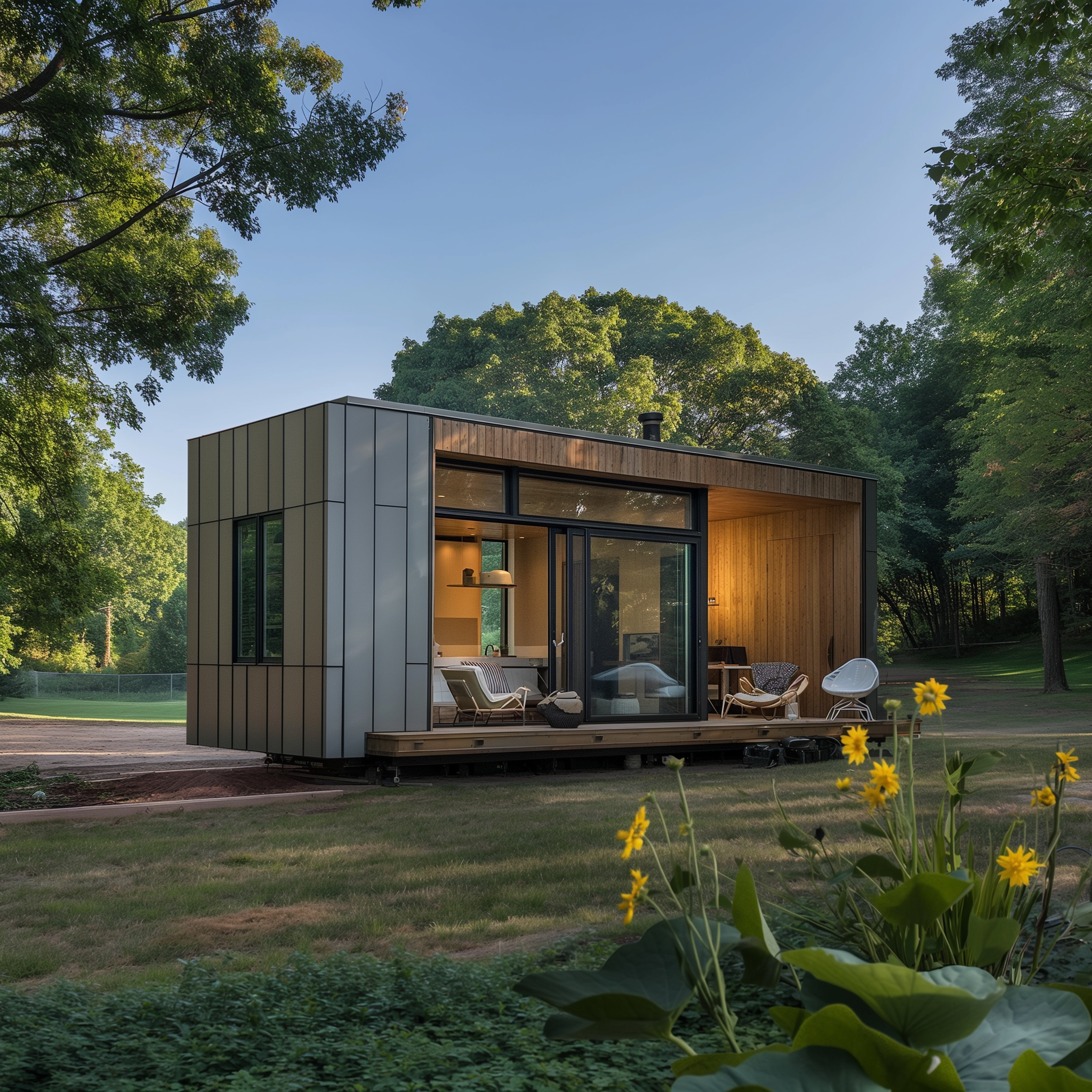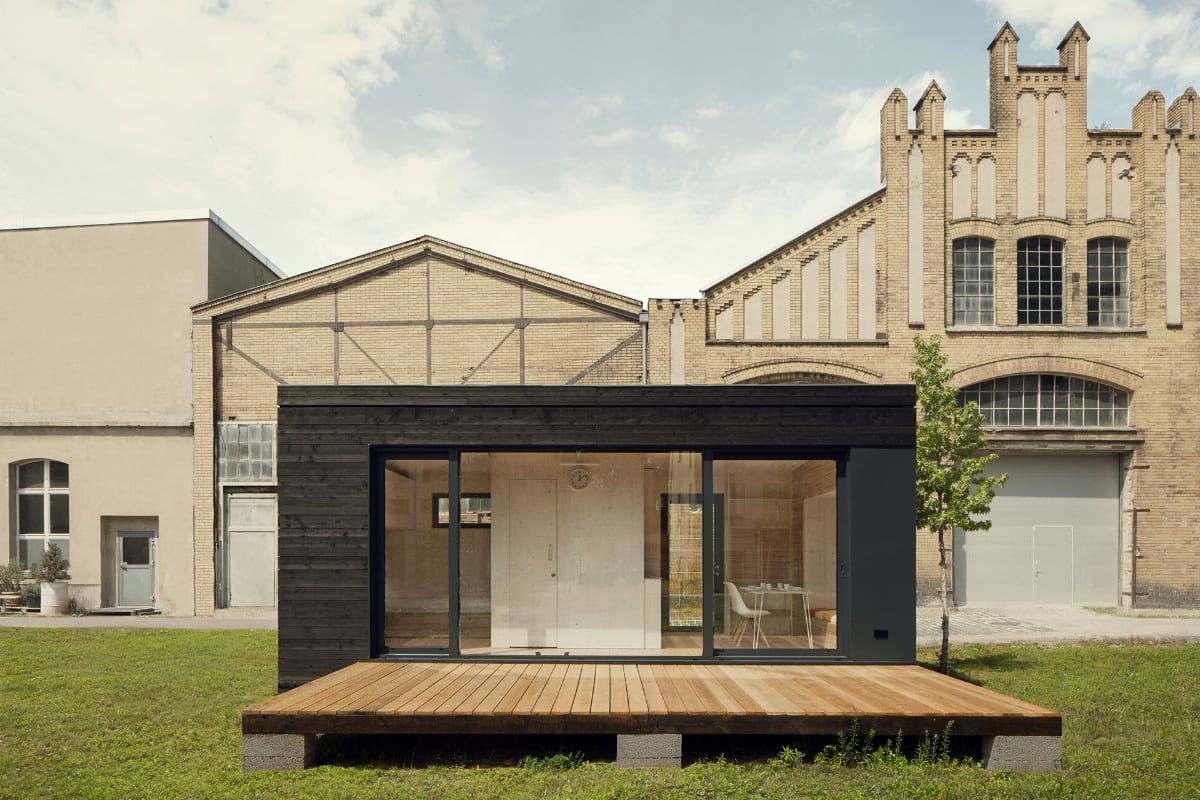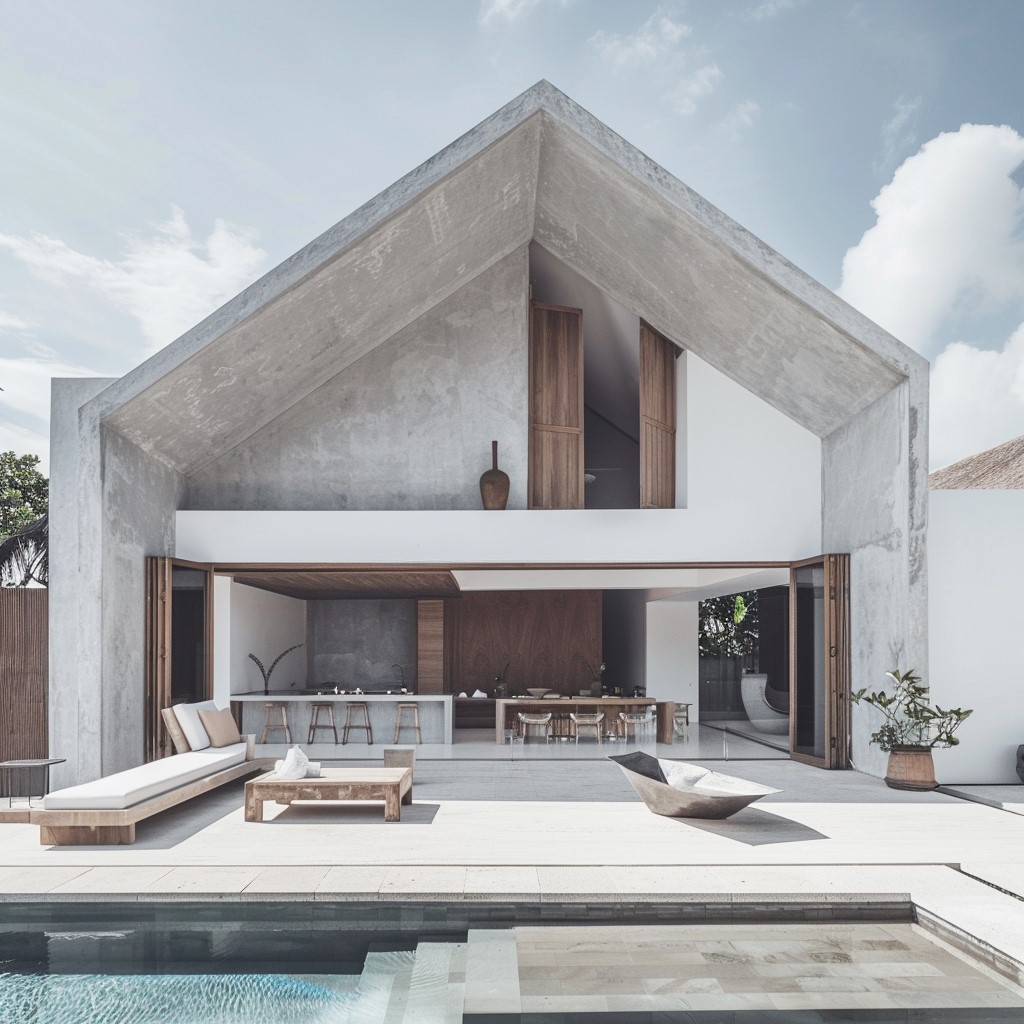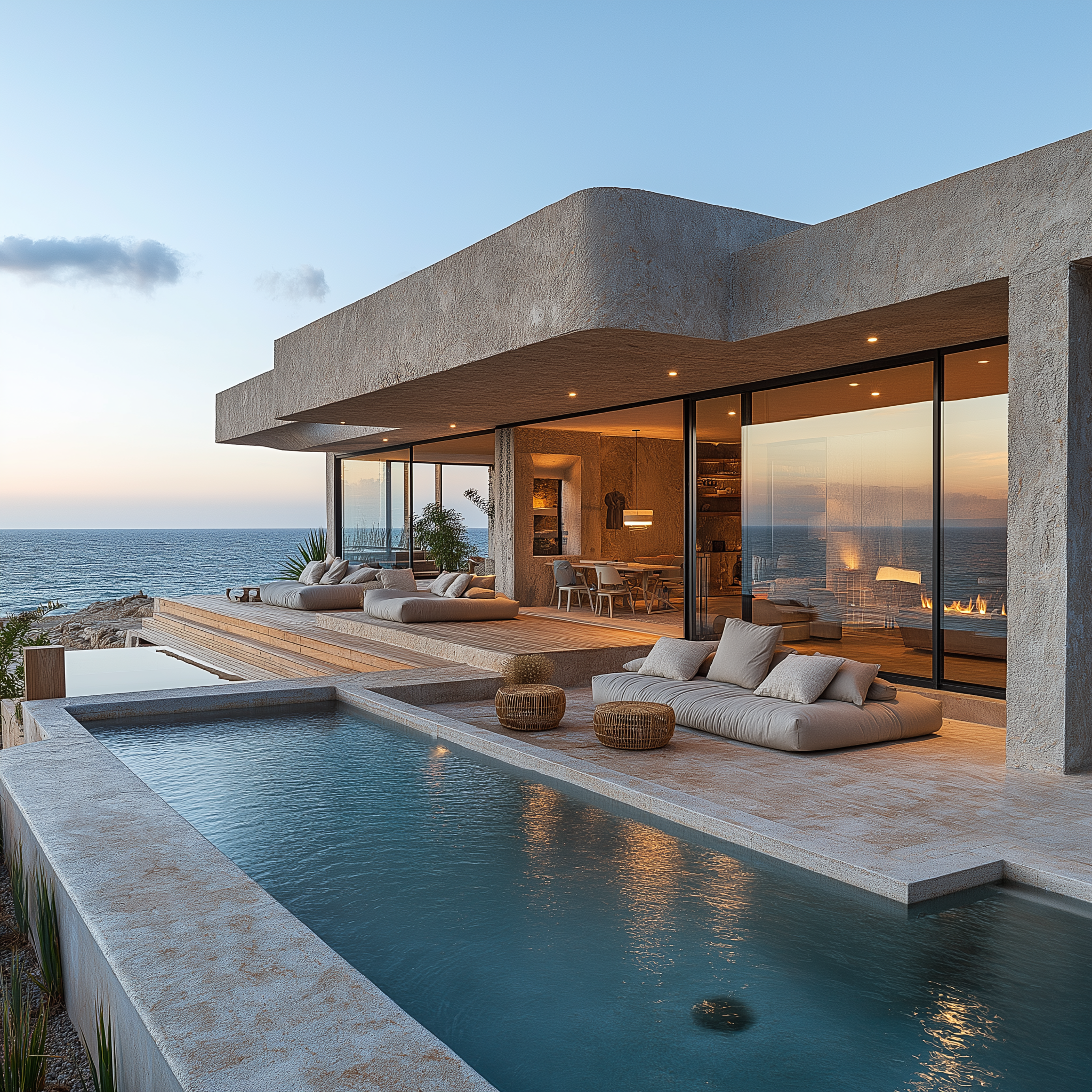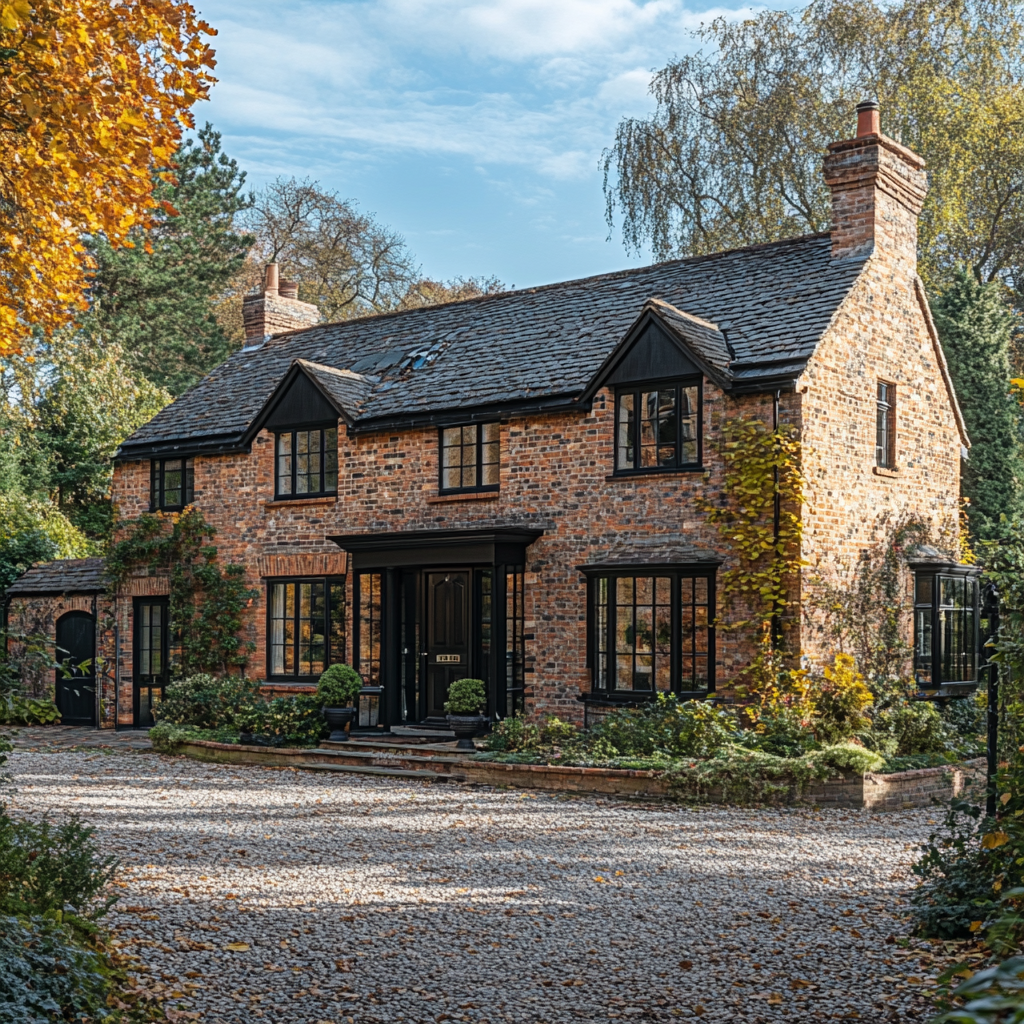Maximizing Efficiency and Style in Compact Living Spaces
In recent years, the tiny house movement has gained substantial traction, reflecting a shift in housing norms towards more sustainable and efficient living. Tiny houses, typically defined as dwellings under 400 square feet, are celebrated for their innovative use of space, affordability, and minimal environmental impact. These compact homes challenge conventional architectural norms, demonstrating that less can indeed be more.
Innovative Space Utilization
One of the most striking features of tiny houses is their ingenious use of limited space. Architects and designers employ various strategies to maximize functionality without compromising on aesthetics. For example, multi-functional furniture is a staple in tiny homes. Items like Murphy beds, fold-out desks, and convertible sofas allow spaces to serve multiple purposes throughout the day. Some designs even feature entire sections of the interior that can transform to create different functional zones as needed.
Smart Storage Solutions
Effective storage is crucial in tiny houses. Designers often integrate storage into every conceivable area, from built-in shelving and cabinets to under-floor compartments. Utilizing vertical space effectively, such as with slanted ceilings and skylights, enhances the sense of openness while incorporating seamless storage solutions that blend with the overall design.
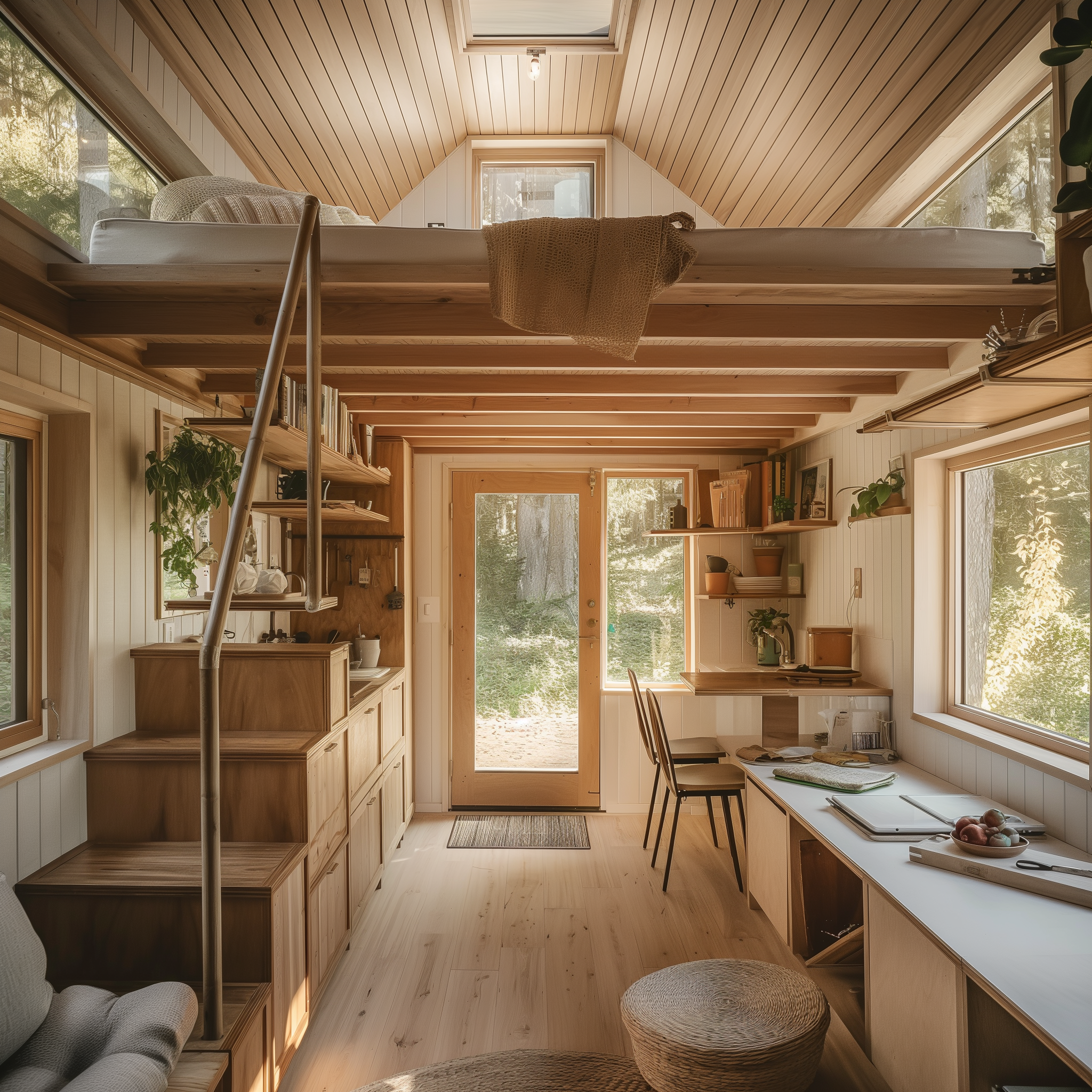
Sustainability and Eco-Friendliness
Sustainability is a core principle in the tiny house movement. These homes often utilize eco-friendly materials and energy-efficient systems. Many tiny houses incorporate solar panels, rainwater harvesting systems, and composting toilets to minimize their environmental footprint. Emphasizing the use of locally sourced materials and traditional building practices can create sustainable, small-scale living solutions that are both environmentally friendly and aesthetically pleasing.
Aesthetic and Functional Design
Despite their size, tiny houses do not sacrifice aesthetic appeal. Many tiny homes are designed with a strong emphasis on style, incorporating modern architectural elements and high-quality finishes. Unique designs showcase how tiny homes can be both beautiful and practical. These homes prove that with thoughtful design, compact living spaces can offer the same level of comfort and functionality as larger homes.
Affordability and Accessibility
Tiny houses offer a more affordable alternative to traditional housing, making homeownership accessible to a broader demographic. They provide cost-effective housing solutions that maintain high design standards. These homes demonstrate how tiny living can address social issues, such as providing shelter for the homeless, while offering stylish and practical living spaces.
Retail Accessibility: Walmart’s Entry into the Tiny Home Market
The accessibility and popularity of tiny houses have been further bolstered by major retailers like Walmart entering the market. Walmart now offers a range of tiny homes, making it easier for consumers to explore and purchase these compact living solutions. These retail offerings typically include a variety of models, from basic, budget-friendly options to more luxurious, fully equipped tiny homes. By providing these options, Walmart has helped bring the concept of tiny living to a wider audience, supporting the movement towards more sustainable and affordable housing.
Conclusion
The design of tiny houses is a testament to human ingenuity and adaptability. By reimagining the concept of home, tiny houses offer a sustainable, affordable, and stylish living solution. They embody the principles of efficient use of space, smart storage, and eco-friendly living, making them a compelling choice for those seeking a simpler, more intentional way of life. As the tiny house movement continues to grow, it is clear that these compact dwellings are more than just a trend; they are a meaningful response to modern housing challenges.


